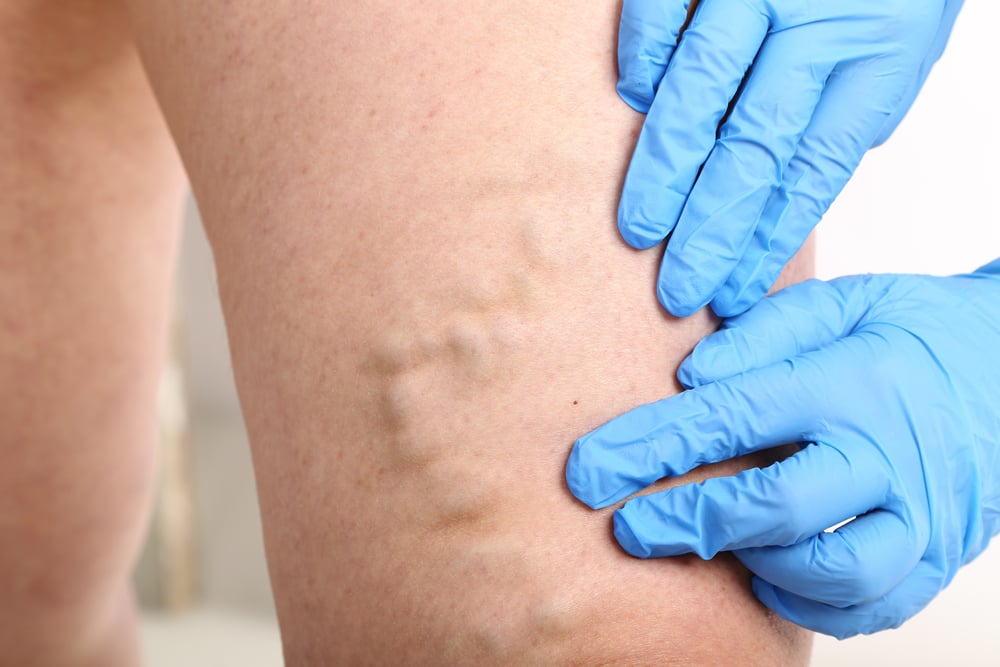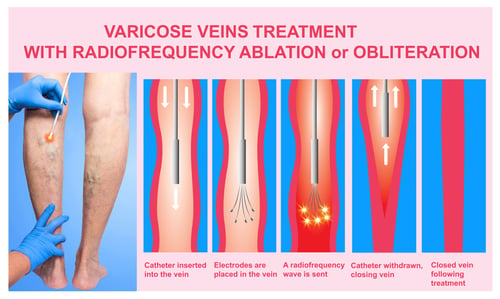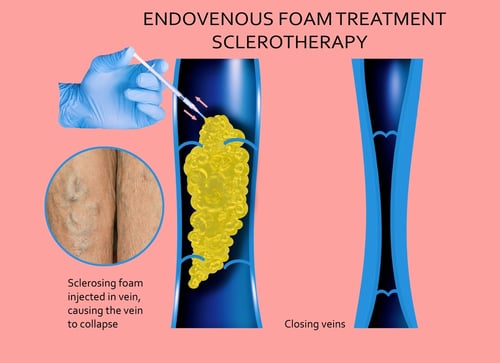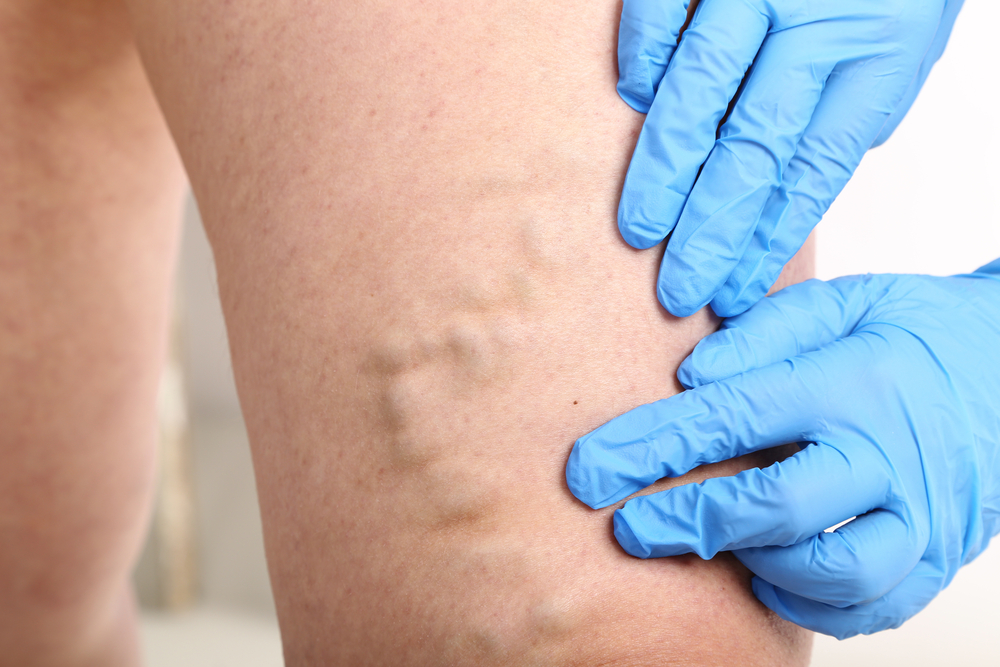Understanding Vein Treatment: Endovenous Ablation vs. Sclerotherapy

You might be pondering different treatment options available for vein conditions. So that you can be comfortable understanding the different available treatments I'll look at the two most common office-based procedures: Endovenous Ablation (EVA) and Sclerotherapy. I’ll walk through the nuances of these treatments and help you understand the differences, benefits, and why they're often considered complementary. Your veins have tiny valves that prevent the blood from backflowing in your lower legs when the heart pumps it back to the heart. For various reasons, those tiny valves can weaken over time, causing blood to pool in the legs - a condition known as vein reflux. The solution lies in closing down these problematic veins. It causes the circulation to reroute to normal functioning veins.
There are two modern techniques used for closing down problematic veins:
- sclerotherapy
- endovenous ablation.
Those two treatments are different, and primarily used to treat different types of problematic veins.
Endovenous Ablation (EVA): Heat to Heal
Endovenous Ablation, or EVA, involves placing an IV in the treated vein. Inside this IV is a tiny catheter—a small tube with a specially designed component that delivers energy in the form of heat to the vein's interior. This technique, known as endovenous thermal ablation, heats the vein, closing it down. The term 'ablation' here means taking the abnormal vein out of circulation.
The result? Relief comes quickly as blood flow is redirected, alleviating symptoms over a period of days to weeks. This is not considered surgery because there is no incision - it is simply a small IV. EVA is a highly effective option, especially for larger veins, which are resistant to treatment with sclerotherapy. There is essentially no downtime with EVA treatment, which makes it safe. The risk of blood clots approaches zero.
There are two types of EVA technologies: radiofrequency ablation and laser ablation. The outcomes are similar in terms of the effectiveness of the treatment, return to work, and minimal discomfort. There may be a small advantage with less bruising with radiofrequency ablation.

Sclerotherapy: A Medical Solution
On the other end of the spectrum is Sclerotherapy—a different technique that achieves the same end result of ablation or closing down the vein. Instead of using heat, sclerotherapy, also called chemical ablation, employs a medicine injected directly into the vein (medicine is technically considered a chemical). This medicine induces a reaction in the vein lining, causing it to close down. As a bonus, this closure stops the flow of blood inside the vein, and there is usually a small residual clot inside the vein which does not pose a danger.
Sclerotherapy is particularly useful for small veins and those with intricate, curvy paths. Abnormal veins, as they enlarge, often become torturous, meaning they're curvy and dilated. Sclerotherapy excels in such situations. The procedure involves numbing the skin and injecting the solution into the vein, allowing it to travel wherever the vein goes.

A Complementary Approach: Finding Harmony in Treatment
In many cases, the choice between EVA and Sclerotherapy isn't a matter of one being better than the other—it's about recognizing their unique strengths and using them in tandem. A complementary approach often involves utilizing EVA for veins in the calf or thigh which are large and more successfully treated by EVA. Sclerotherapy is then used for smaller or curvy veins around the calf or thigh since EVA is not as successful with those kinds of veins. From my perspective, these treatments are complementary and I usually use both on each patient for that reason.
A Path to Relief and Wellness
In the realm of vein care, knowledge is power. Understanding the distinctions between Endovenous Ablation and Sclerotherapy empowers you to make informed decisions about your treatment journey. Whether you find solace in the gentle heat of EVA or the chemical precision of Sclerotherapy, the goal remains the same: relief from vein-related symptoms. The first step is a vein reflux ultrasound, guiding us to the most suitable approach for your unique situation.



